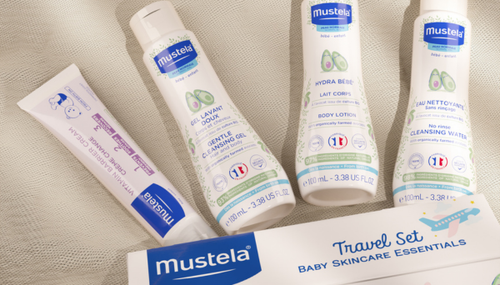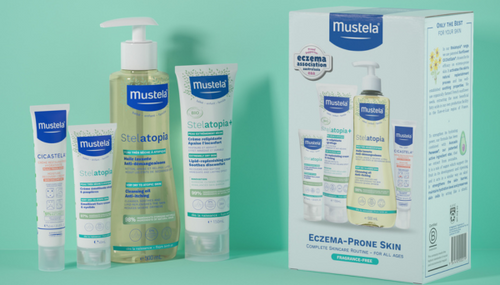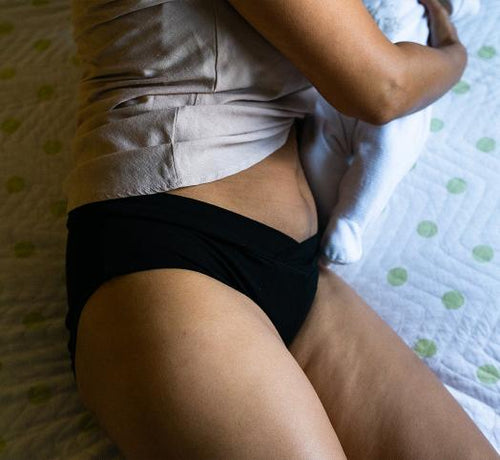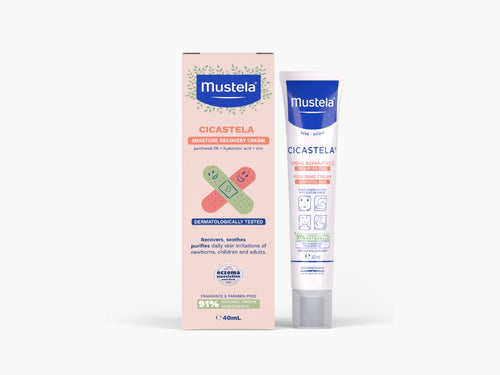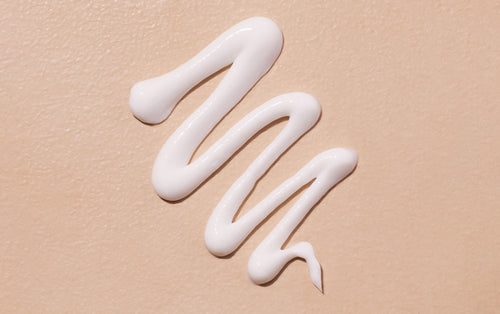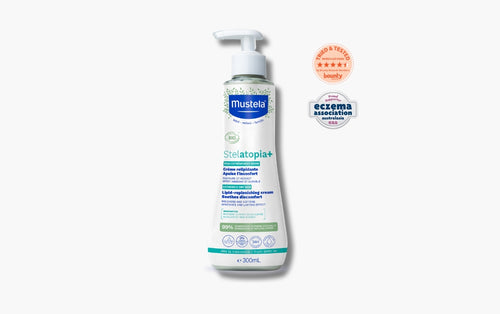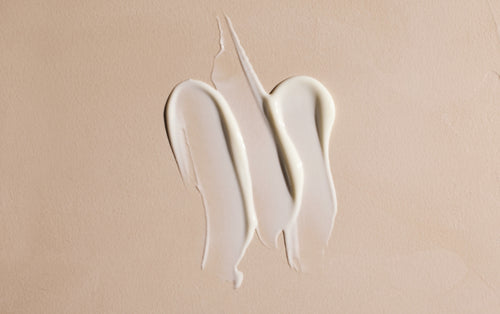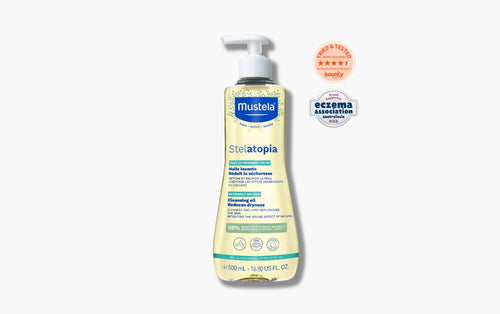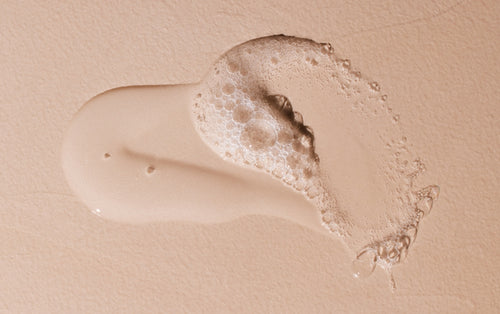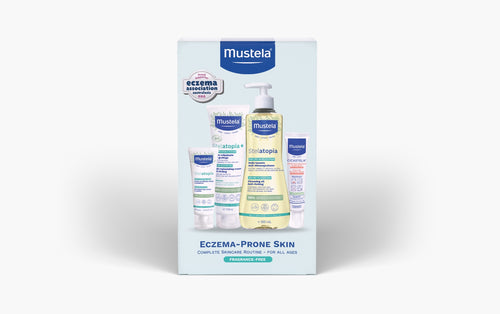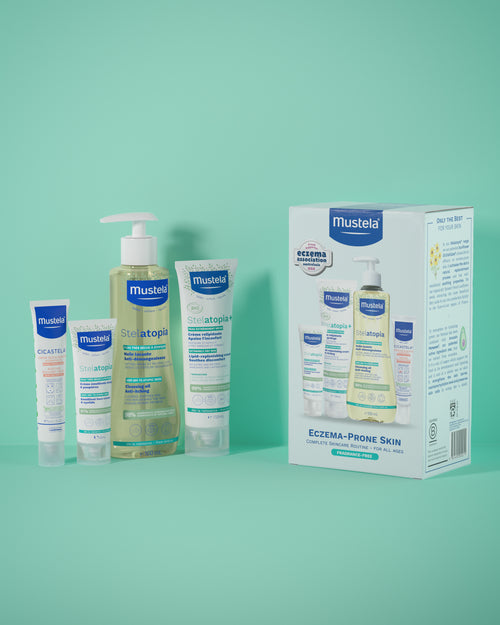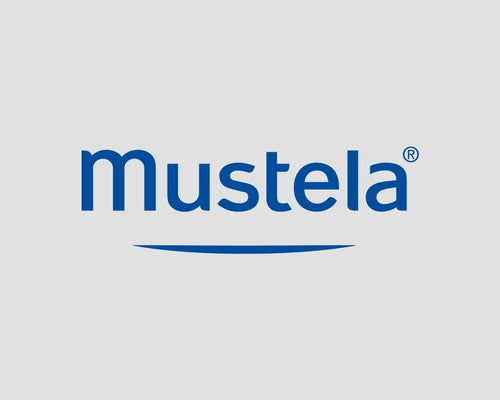Your baby has arrived, congratulations! Time for a break… well, not exactly. With Baby’s birth comes the time for postpartum and its realm of (more or less significant) inconveniences.
Which is why we listed 4 words for you, that tend to come up very often when speaking about what happens after childbirth, with what you need to remember.
Afterpains: useful contractions that help recuperate after childbirth
Chronologically speaking, afterpains come first in the list: they are contractions of the uterus which, let's face it, are unpleasant or even painful (the intensity varies according to each woman). However, as painful as they are, these contractions are useful for your recovery as they:
- Enable to close the blood vessels that were connected to the placenta during your pregnancy (prevents hemorrhage)
- Help the uterus to return to its initial size (which usually takes 2 to 3 weeks)
- “Clean” the uterus of any blood clots and membrane residues via bleeding (“lochia”, see below)
Here’s the good news if this is your first pregnancy: afterpains are more often felt in women who have already had a child (multiparous women).
“Lochia” is the menstrual discharge after delivery – It’s physiological and normal!
Ever wondered how exactly your uterus could “clean itself” after birth? It’s thanks to lochia, the bleeding that occurs right after childbirth.
At the beginning, these postnatal periods are very red and usually with a heavier flow than your regular menstruation. See that jelly-like clot in your panties? It's normal! Lochia is a mixture of blood, cervical mucus and uterine waste. The bleeding will gradually become clearer and will weaken (with an irregular flow).
Their duration, however, varies a lot from one woman to another: between 7 days and 6 weeks. The same goes for the pain: it varies. If you gave birth by caesarean section, it may be more painful than for a natural birth.
From a practical point of view, we advise you to use special postpartum protection as well as disposable panties during the first days. You can then switch to more conventional pads or use menstrual panties. As for tampons or cups: avoid using them in the month after delivery because of the risk of infection.
3 warning signs on lochia that you will need to take care of immediately:
- If your bleeding fills more than one pad per hour
- If your lochia smells fishy (very identifiable smell)
- If you have a fever
“Episiotomy” and “perineal tears” ease the way out for Baby
You’ve surely heard about episiotomy during your childbirth preparation classes. It’s an incision (about 2.5 cm to 5 cm long) in the lower part of the vagina that helps to ease delivery (especially if one needs to get your baby out quickly). Of course, an “incision” inevitably implies “stiches”. You may feel discomfort in the days following your delivery and if something seems strange to you, don’t hesitate to talk to your midwife about it. Note that while an episiotomy can sometimes be essential to ease the baby’s way out and to avoid a nasty tear, this surgery is currently a bit of an issue (the number of episiotomies supposedly exceeds the level of recommendation). For peace of mind during and after your delivery, don’t hesitate to talk to your gynecologist and ask him/her to brief you on the subject beforehand.
What about perineum tears?
This type of tearing is common during childbirth (9 out of 10 women would be concerned), and generally hurts less than an episiotomy. Why does it occur? The tearing can be caused by an inelastic perineum, by the rapid arrival of your baby (the perineum doesn’t have time to stretch), the use of forceps or spatulas, or just a big baby. Here too, stiches are needed, which is why it’s important to take care of yourself and if something seems abnormal to you during your recovery, make sure you share it with health professionals.
7 facts on the healing of an episiotomy or a perineum tear
1/ The stiches are resorbable (the skin absorbs them within 2 or 3 weeks)
2/ If the suture is painful, talk to your midwife (at the maternity ward or at home). She can remove a few stitches that often cause this pain.
3/ In case of edema or hematoma, you can apply ice to the area.
4/ An episiotomy or a natural tear does not require specific care (unless specifically indicated by the medical team).
5/ To take care of your wound, clean the area twice a day with soap and water then pat dry with a clean cloth.
6/ It is not recommended to use a hair dryer to dry the stitches.
7/ Once the stitches are gone and your skin has healed, gently massage the area with oil or a healing cream to soften it.
You’ve just given birth and your life isn’t exactly what you expected? Let’s focus on 5 postpartum taboos to help you find your mark.
If this is not enough, we've also gathered all the questions parents are too embarrassed to ask, and asked a midwife to answer.
